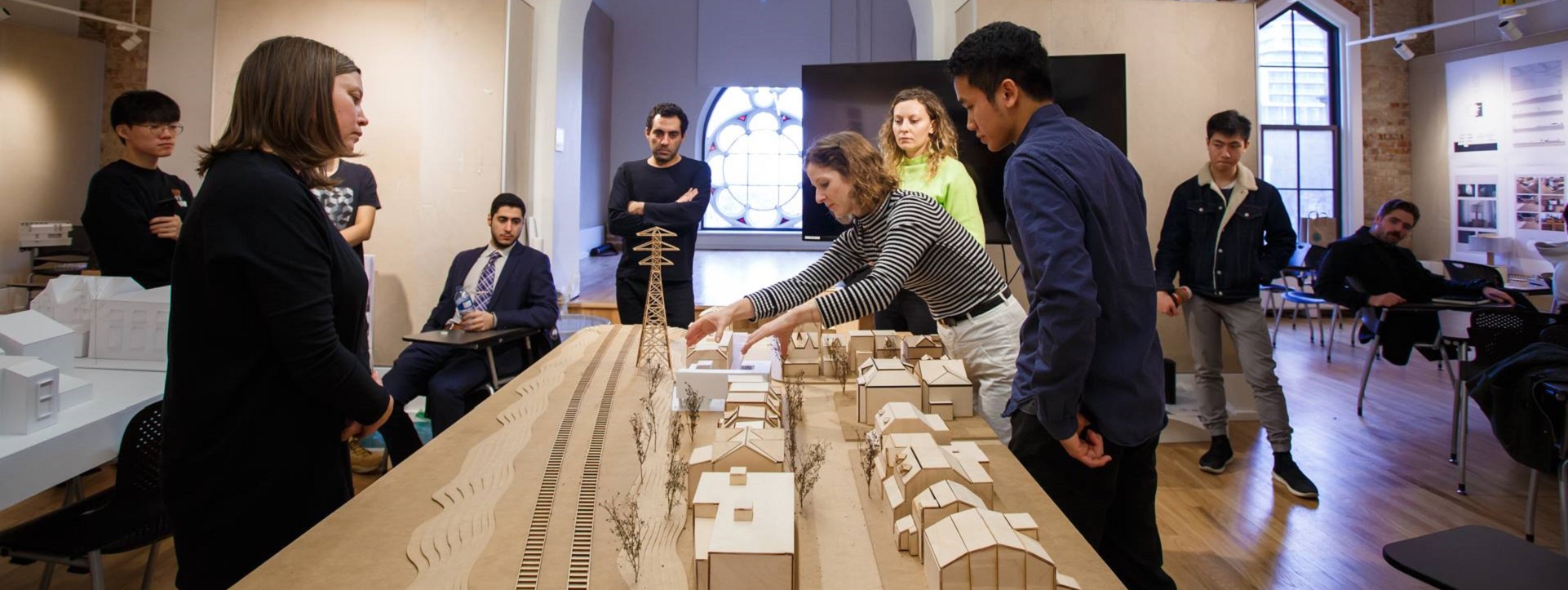Signage on campus
- Home Page 213

American Battle Monuments Commission
This content is accessible to paid subscribers. To view it please enter your password below or send mike@standardsmichigan.com a request for subscription details.
Visiting a newborn intensive care unit in Lviv hospital
The Future of Universities in a Block Chain World
Herbst Program for Engineering, Ethics & Society
Bibliography
“A Next Generation Smart Contract & Decentralized Application Platform” | Vitalik Buterin
“Fair and Robust Multi-Party Computation using a Global Transaction Ledger” | Aggelos Kiayias, Hong-Sheng Zhou, Vassilis Zikas
Health 200
Today we break down regulations, codes, standards and open-source literature governing the safety and sustainability of university-affiliated medical research and healthcare delivery facilities. In large measure, the safety and sustainability agenda of the university-affiliated healthcare system infrastructure coincides with the private sector. Accordingly, we confine our interest to systems — water, power, telecommunication and security; for example — that are unique to campus-configured, city-within-city risk aggregations.
We usually start with a scan of the following titles:
International Building Code (with particular interest in Section 308 Institutional Group I)
K-TAG Matrix for Healthcare Facilities
NFPA 70 National Electrical Code Article 517
NFPA 99 Healthcare Facilities Code
NFPA 101 Life Safety Code Chapters 18 & 19
ASHRAE 170 Ventilation of Healthcare Facilities
Some of the content in the foregoing links need weekly refresh. We’ll get to that, time permitting.
Starting 2023 we break down our coverage of standards thus:
Health 200 Clinical delivery
Health 400 Research
We will thumb through the titles published by HL7 and NSF International — both Ann Arbor-based organizations. A surprising number of medical data companies are domiciled in Ann Arbor; not far from our own offices on State Street. We will also see if any bills and resolutions introduced into the 117th Congress will make into public law.
Finally, we collaborate with the IEEE E&H Committee on the following IEC committee projects from IEC/TC 62 Electrical equipment in medical practice.
– Common aspects of electrical equipment used in medical practice
– Diagnostic imaging equipment
– Equipment for radiotherapy, nuclear medicine and radiation dosimetry
– Electromedical equipment
![]()
As covered in previous posts, the original University of Michigan standards enterprise was one of the founding members of what has become ISO/TC 304 Healthcare organization management — following the lead set by Lee Webster at the University of Texas Medical Branch. Since last month’s colloquium ISO TC/304 there has been a fair measure of the usual back-and-forth that we will cover in today’s colloquium. We will examine the ideas in play in the links below today and try to organize them ahead of balloting:
Legacy Workspace (N.B. We are still in the process of uploading content onto the new University of Michigan Google Site facility)
Open to everyone. Use the login credentials at the upper right of our home page.


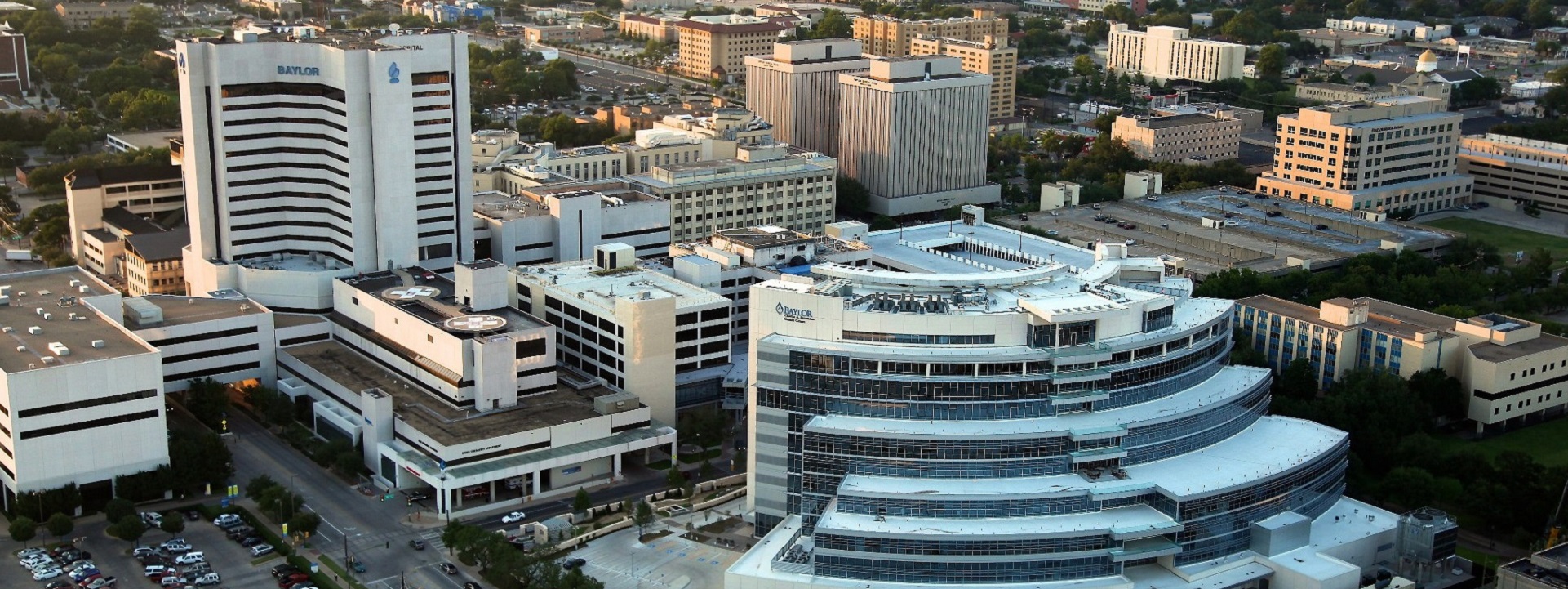
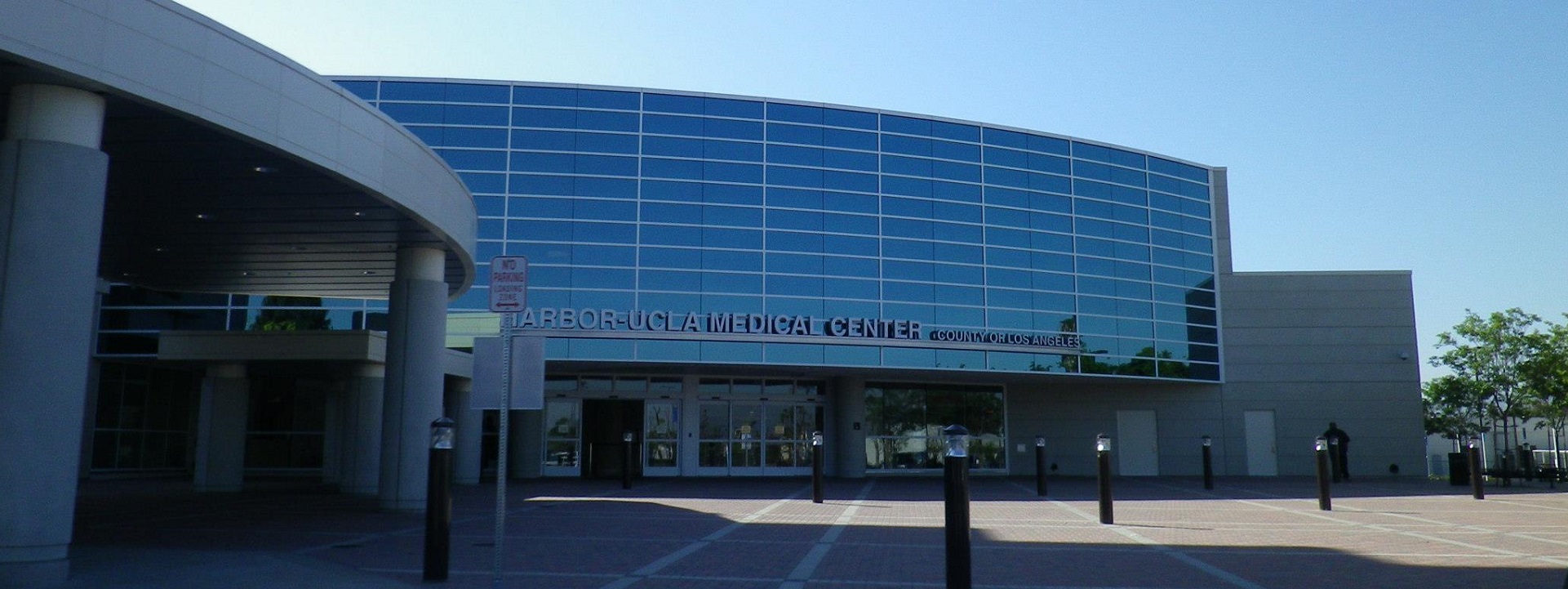
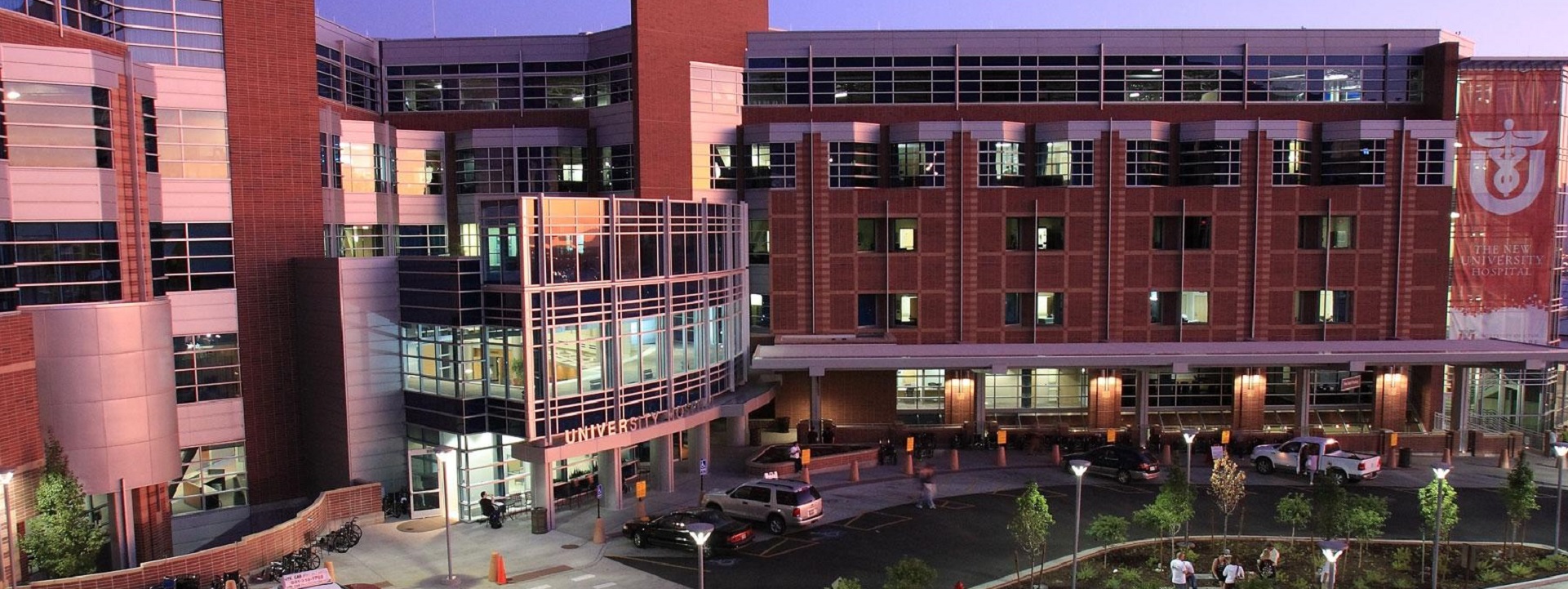

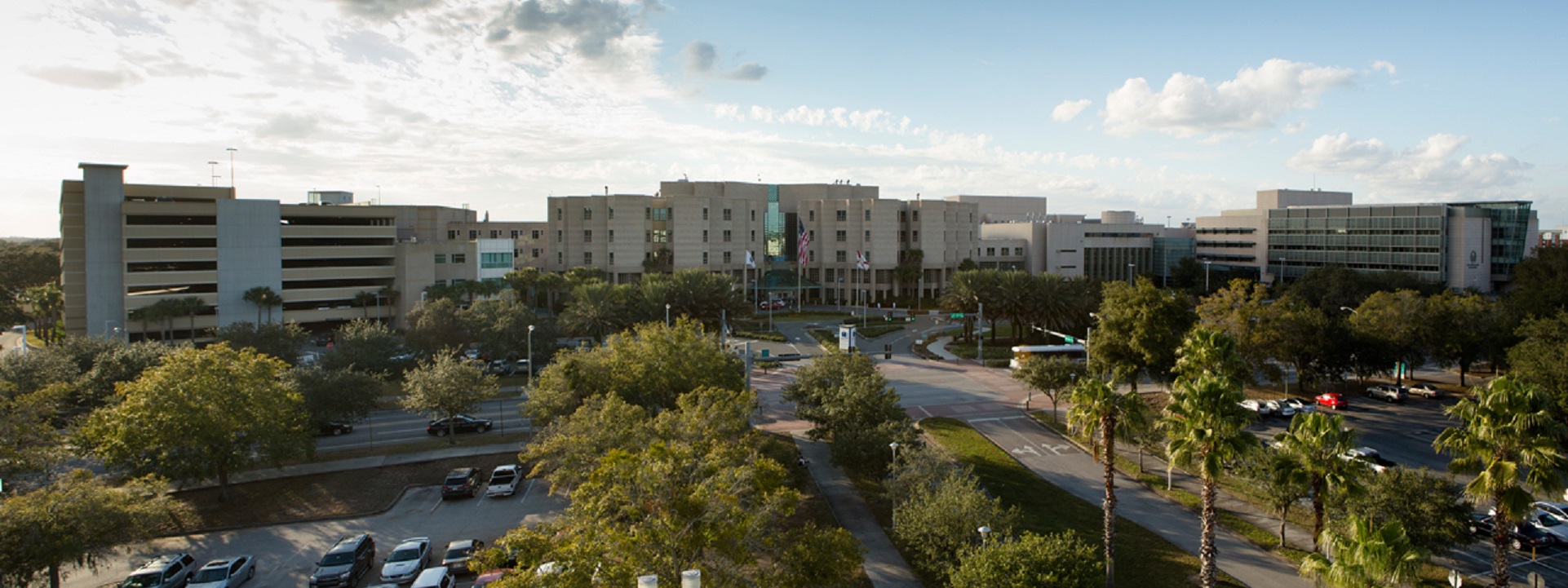


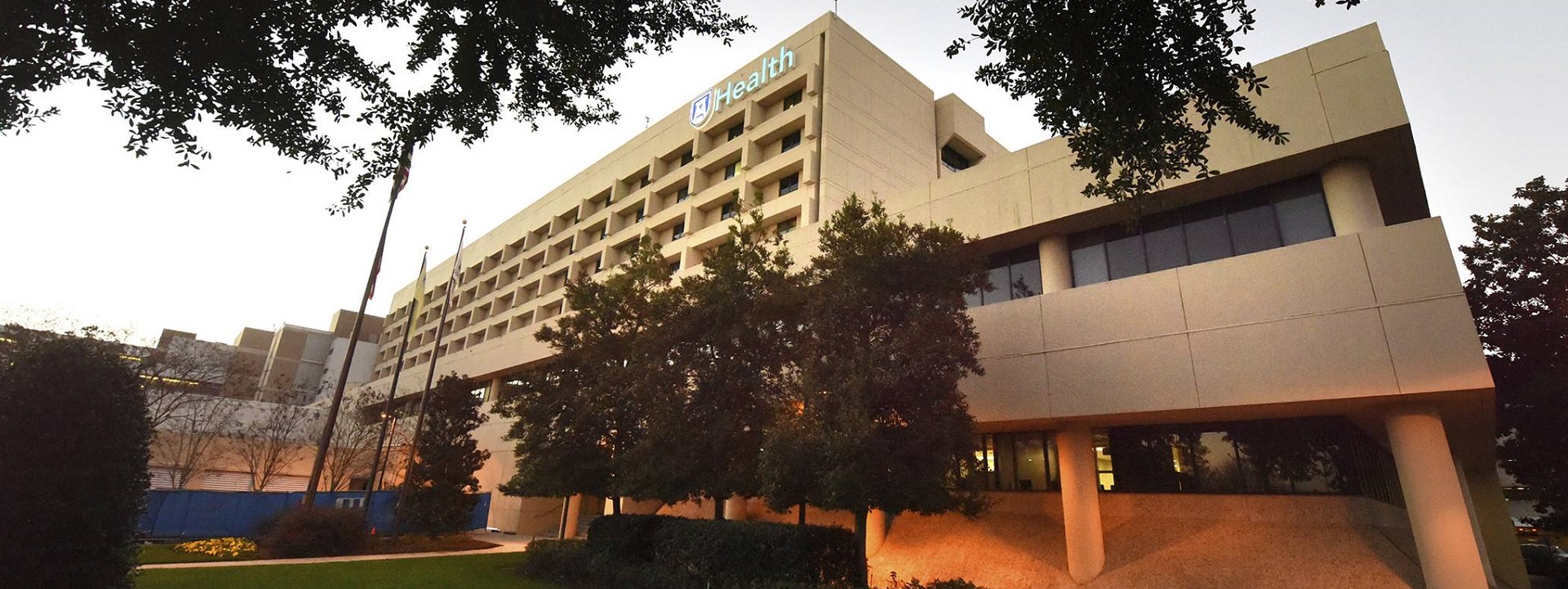

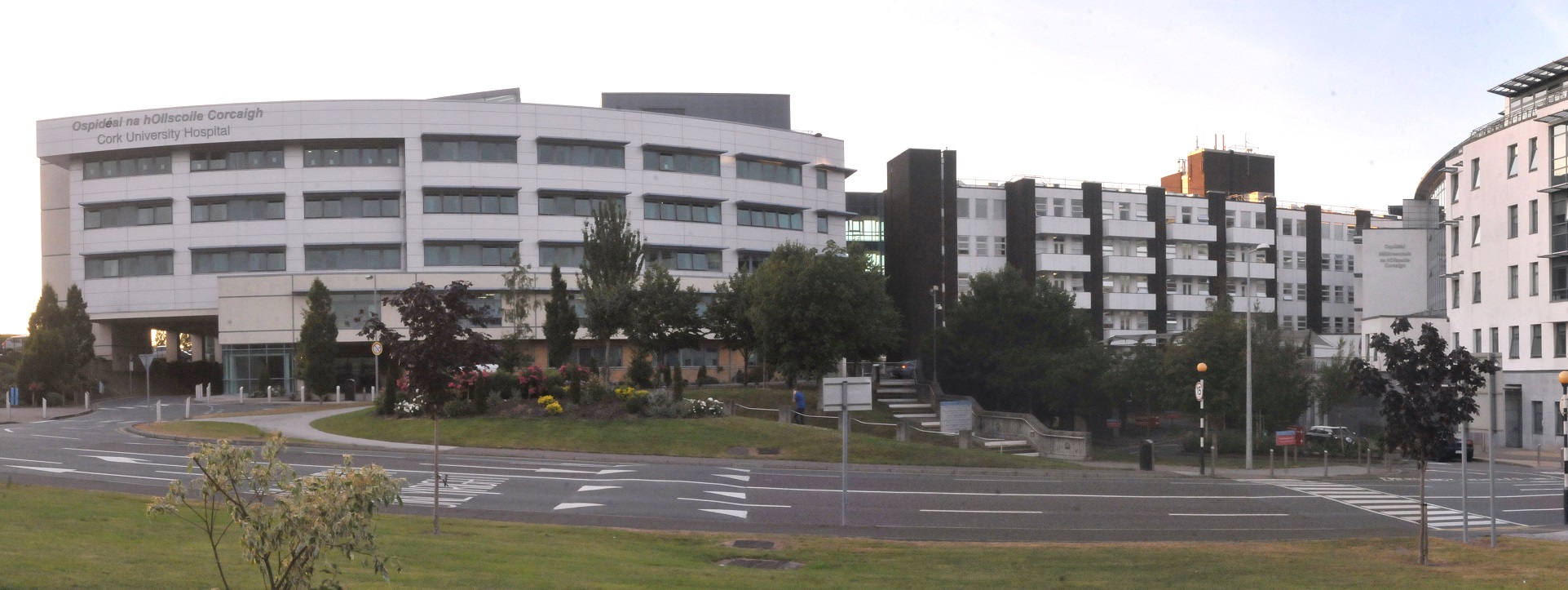
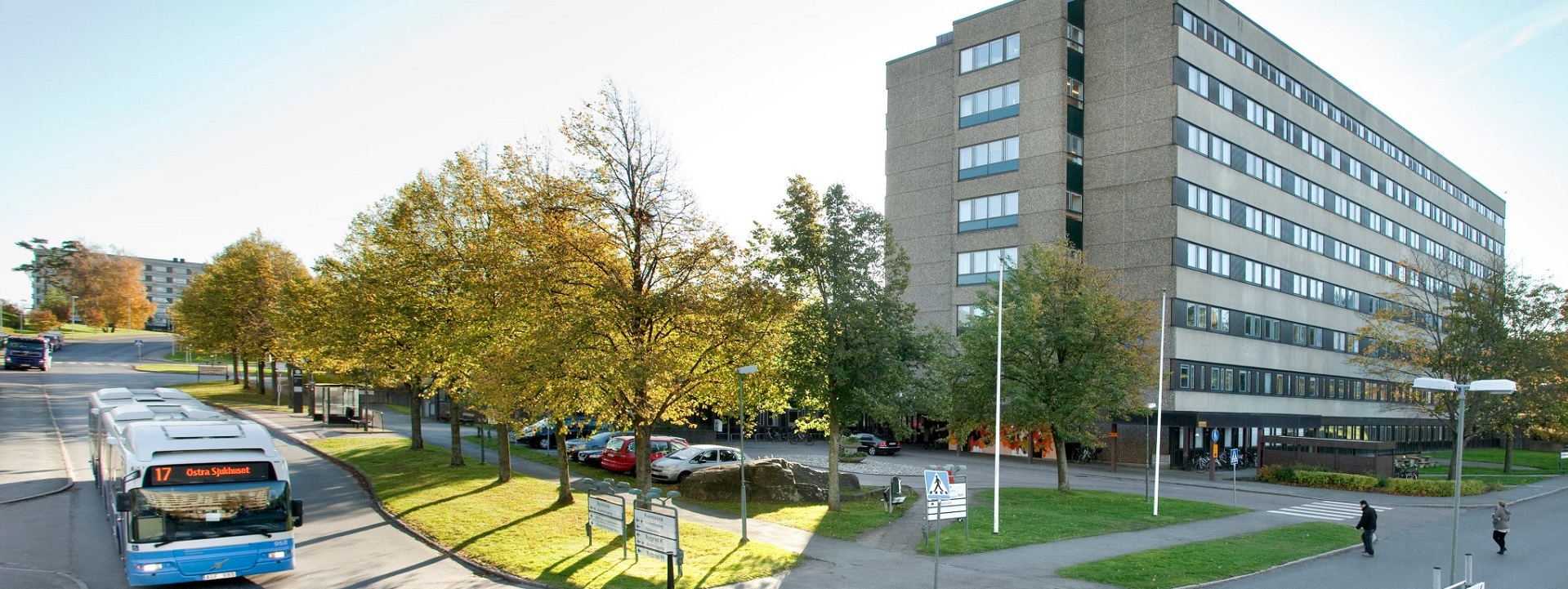
More
Health Insurance Portability and Accountability Act (HIPAA)
Health care cost as percentage of Gross Domestic Product for six representative nations.
Association of Academic Health Centers
International Conference on Harmonization: The ICH guidelines provide guidance on the development of pharmaceuticals and related substances, including clinical trials, drug safety, and efficacy.
Animal Welfare Act and the Institutional Animal Care and Use Committee
Good Laboratory Practice: GLP is a set of principles that ensure the quality and integrity of non-clinical laboratory studies. It ensures that data generated from non-clinical laboratory studies are reliable, valid, and accurate.
Qualität der Wasserversorgung
#Standards helfen, Ergebnisse aus Forschungs- und Innovationsprozessen schneller zu marktfähigen Produkten und Dienstleistungen zu machen. Wie die Brücke erfolgreich geschlagen werden kann, erfahren Sie am 13. Juni live in Wien.💡🌍💫https://t.co/rupEcLC0qK #Bridgit pic.twitter.com/3vRVQjbWYq
— Austrian Standards (@ATstandards) May 20, 2019
Form v. Function | Function v. Form
“We shape our buildings;
thereafter they shape us.”
Occupancy classification is “first principal concept”; the essential factor in architectural design because it helps determine the appropriate use of a building and the associated requirements for fire protection and life safety. Occupancy classification refers to the categorization of buildings or portions of buildings based on their intended use and the activities that will occur within them. The International Building Code provides a set of standards for occupancy classifications that are used by architects and building officials to ensure that buildings are designed and constructed to meet the necessary safety requirements. These standards help ensure that the building’s design and construction comply with fire and life safety codes and regulations.
A building that is classified as a business occupancy — as many classrooms and offices are in education communities — will have different requirements for fire protection and life safety compared to a building that is classified as a residential occupancy. Business occupancies may require fire suppression systems, while residential occupancies may require smoke alarms and carbon monoxide detectors. Additionally, occupancy classification affects the number of occupants allowed within a building, the type and size of exits required, the need for fire-resistant construction materials, and the placement and quantity of fire extinguishers and other fire protection equipment.*
International Building Code | Chapter 2 Definitions
International Building Code | Chapter 3 Occupancy Classification and Uses
International Green Construction Code | Chapter 3 Definitions, Abbreviations and Acronyms
2024/2025/2026 ICC CODE DEVELOPMENT SCHEDULE
Chapter 3 Definitions
Chapter 6 Classification of Occupancy and Hazard of Contents
Chapters 12 & 13 Assembly Occupancies
Chapters 14 & 15 Educational Occupancies
Chapters 18 & 19 Health Care Occupancies
Chapters 29 & 30 Hotels & Dormitories
Chapter 40 Industrial Occupancies
NFPA 70 National Electrical Code
ASHRAE International
62.1 Ventilation and Acceptable Indoor Air Quality Occupancy Categories
Institute of Electrical and Electronic Engineers
IEEE Recommended Practice for Electric Power Systems in Commercial Buildings
IEEE Recommended Practice for Electric Systems in Health Care Facilities
* The European Union (EU) does not have an equivalent to the International Code Council (ICC) occupancy classification system. Instead, the EU has its own set of regulations and standards for building safety and design, which vary by country.
The main regulatory framework for building safety in the EU is the Construction Products Regulation (CPR), which sets out requirements for construction products and materials that are placed on the market within the EU. The CPR is supported by national building codes and standards, which are developed and enforced by each member state.
In addition to the CPR, the EU has several directives and regulations related to building safety, such as the Energy Performance of Buildings Directive (EPBD) and the Fire Safety of Buildings Directive (FSBD). These directives and regulations set out requirements for energy efficiency, fire safety, and other aspects of building design and construction.
Overall, while the EU does not have an occupancy classification system equivalent to the ICC, it has its own set of regulations and standards that aim to ensure building safety and design across its member states.
English Muffins
The English muffin, as we know it today, is a type of yeast-leavened bread product that is griddled or cooked on a stovetop. Historically, similar griddled bread products have been made in England for centuries. The term “muffin” itself has been used in English cuisine to refer to various types of bread products since at least the 18th century. These early muffins were typically made with yeast and were cooked on a griddle, similar to the modern English muffin.
How English are they? The answer lies in the nooks and crannies.
New update alert! The 2022 update to the Trademark Assignment Dataset is now available online. Find 1.29 million trademark assignments, involving 2.28 million unique trademark properties issued by the USPTO between March 1952 and January 2023: https://t.co/njrDAbSpwB pic.twitter.com/GkAXrHoQ9T
— USPTO (@uspto) July 13, 2023
Standards Michigan Group, LLC
2723 South State Street | Suite 150
Ann Arbor, MI 48104 USA
888-746-3670












